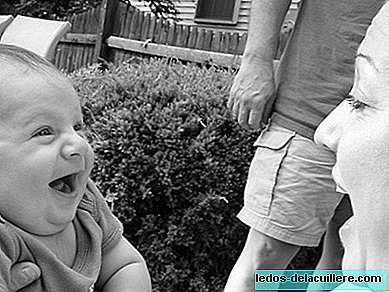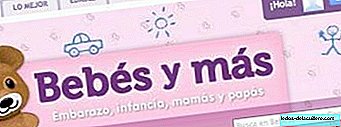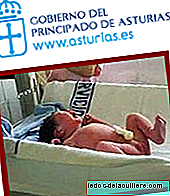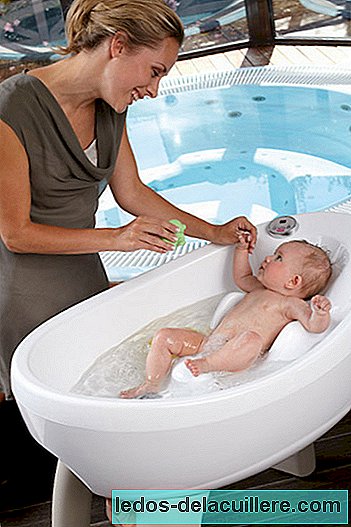
It is not uncommon, and more now with the program to enhance bilingualism from early childhood education, that in many homes where more than one language is spoken (either natively or by teaching the other language in a natural way) you want the Small also learn them.
It is known that young children can learn a language faster and easier than older children or adults, but it is very important that the methodology used is the most appropriate and follow a series of strategies to establish bilingualism in our children.
What all the strategies we will see today have in common is that it is very important to set the limit so that the child is able to determine where one language ends and where the others begin.
“OPOL” strategy
The strategy most used when wanting to teach another language is what Jules Ronjat, a French linguist, called "OPOL" (one parent, one language, that is: a father, a language). What must be done here is that each parent speaks in a single language to the little one, usually being the native language of each.
In this way, children can differentiate without difficulty the mother's tongue and the father's language, understanding the difference between both languages. However, parents who decide to follow this learning strategy must take into account a series of recommendations for learning to be successful.
- Each father symbolizes a language (that is, in a house where the father speaks English and the Spanish mother each of them will be the reference for his son of each language).
- No parent should spend more time with their child to learn their native language better; on the contrary, both parents will spend as much time as possible with the child with total naturalness.
- The father understands the mother's language and vice versa, or at least they understand the most important.
- We must be very consistent when teaching the native language of each of the parents to the child.
- The most important: parents do not mix languages (This means that if the father speaks English and Spanish perfectly, as long as he communicates verbally with his son, he will use that language that he wants to transmit and will not mix both languages).
However, several questions may arise when wanting to establish another language. For example, what to do when the whole family is together and we are not communicating exclusively with the child? Well, in these cases it is very important that parents define a series of rules satisfactory to all.
For example: the mother speaks French and the father Spanish. Both decide that when the whole family is reunited (having dinner, playing with the little one ...) the whole family will speak only French and when they are all away from home (shopping, in the park ...), they will speak only Spanish.
The most important thing is that there must be a series of coherent rules, which are kept constant, for the whole family, since mixing both languages may not be as beneficial as you wanted from the beginning.
Place strategy
As the name implies, what is done is associate a language to a specific place, being in most cases a way of teaching bilingualism that is done by necessity, since in a family where a native language other than the environment is spoken must adapt. But this does not mean that at home they stop speaking their native language.
In this way, their children differentiate between “home language” and “outside language”, which helps them organize better and know when to use each language according to where they are. However, it usually happens that the language of the environment is gradually gaining ground to the home language (due to the influence of friends, neighbors ...) Therefore, it is important to remember that if the family does not care for the mother tongue, children They will not be able to memorize and use it.
Other strategies
In addition to the OPOL strategy and place strategy, there are other methodologies to help young children learn another second language. On one side is the time strategy>, whereby children learn two languages one after the other (for example, start speaking for a time only a certain language to, as soon as you master it, move on to speak only in another language) or learn two languages at the same time, but at certain times (choose, for example, which days will be spoken in one language and which in another. If this type of strategy is chosen, care must be taken to strictly comply with the established schedules, and be very consistent with language learning ).
Another strategy that can be used is that of topic, where the family uses a language for certain topics, such as when speaking to the child about the origin of that language, their culture ... For example, if one of the parents is a native of Italy, he will only speak in Italian when he explains to Your child the typical recipes of his country.
Finally, we find the activity strategy, which is often used unconsciously on many occasions, as families must adapt to the surrounding language when activities are carried out outside the home, forcing verbal communication with other people in another language.
Conclusion
All these strategies to establish bilingualism in our children they can be done on purpose or completely involuntarily, but if done this way, it is very likely that the main language will be the one that is best mastered (because its intensity of use is greater, because there is a greater number of possibilities to speak that language with other people or because there are certain emotional, social and / or personal preferences) so that both the family and the child speak only one language, forgetting the main objective: bilingualism.












